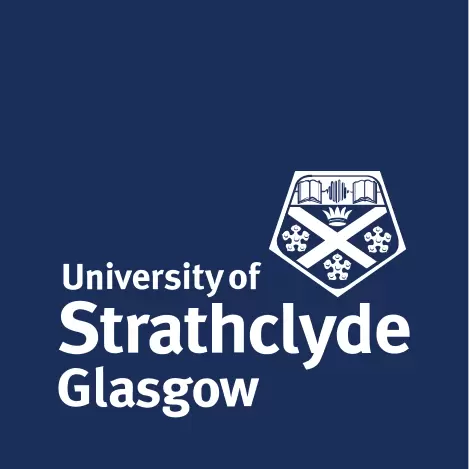Item Removed
You seem to be attempting to access an item that has been removed from the repository.


Strathprints makes available scholarly Open Access content by researchers in the Department of Mathematics & Statistics.
Mathematics & Statistics hosts the Marine Population Modelling group which is engaged in research into topics surrounding marine resource modelling and ecology. Recent work has included important developments in the population modelling of marine species.
Explore the Open Access research of Mathematics & Statistics. Or explore all of Strathclyde's Open Access research...
You seem to be attempting to access an item that has been removed from the repository.